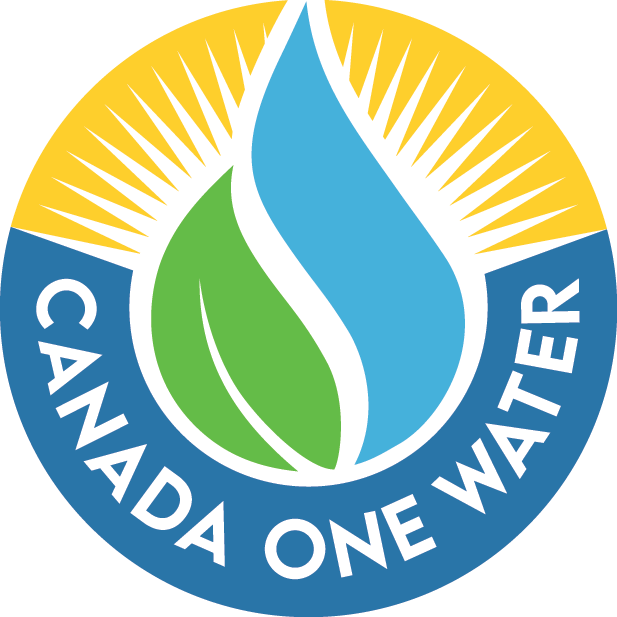World Resources Institute - 25 Countries, Housing One-Quarter of the Population, Face Extremely High Water Stress
“Without intervention — such as investment in water infrastructure and better water governance — water stress will continue to get worse, particularly in places with rapidly growing populations and economies.”
Click here to read the article on World Resource Institute
This recent article and global assessment from World Resource Institute highlights a growing and interconnected challenge: 25 countries — together home to roughly one-quarter of the world’s population — are now experiencing extremely high water stress on an annual basis, using more than 80% of their available freshwater supply each year. In addition, more than 4 billion people live under high water stress at least one month per year. This level of pressure on water systems affects food production, energy systems, economic growth, and community well-being.
The drivers behind this trend are multifaceted. Rapid population growth, agricultural expansion, industrial water use, and rising temperatures are all increasing demand. Meanwhile, shifts in rainfall patterns and limited investment in water infrastructure are constraining supply. In regions where water demand already closely matches what is naturally renewed, even short dry periods can lead to disruptions. The most water-stressed regions today include the Middle East and North Africa, where more than 80% of the population faces extremely high water stress, and parts of South Asia. By 2050, global water demand is expected to continue increasing, particularly in countries experiencing fast economic and demographic growth.
The implications extend beyond water access. Agricultural production, power generation, and manufacturing all depend on reliable water availability. As water stress deepens, the global food system — which must expand significantly to meet future population needs — faces added strain. At the same time, the study highlights that water stress does not inevitably lead to crisis: investments in efficiency, modernization of water governance, and coordinated long-term planning can improve resilience and stability.
These findings reinforce the importance of national-scale hydrologic modelling tools, such as the Canada1Water (C1W) framework, which integrates climate projections, groundwater and surface water systems, and land-use patterns into a single modelling environment. C1W provides insight into where water stress may emerge, how water supplies may shift over time, and which management strategies can help strengthen resilience. As global water demand continues to grow and hydrological systems become more variable, tools like C1W are increasingly essential for guiding planning and ensuring water security into the future.

